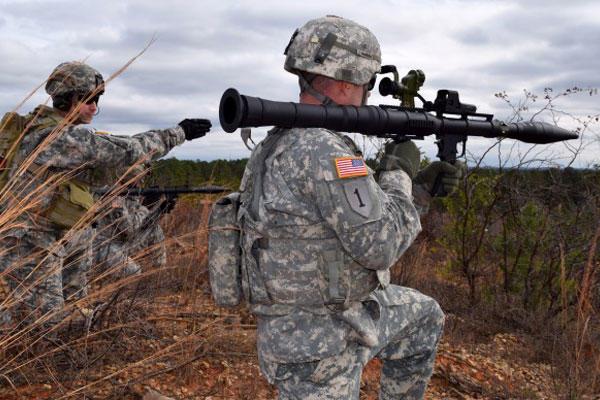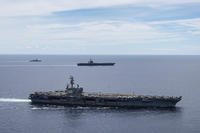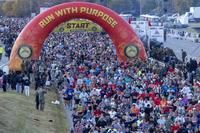U.S. Army infantry platoons may one day be fighting with an Americanized version of the famous, Soviet RPG 7 anti-armor weapon.
Army testers recently evaluated Airtronic USA Inc.'s RPG 7 as part of service's annual Army Expeditionary Warrior Experiment.
"The durability, simplicity, low cost and effectiveness of the RPG 7 has made it the most widely used man-portable anti-armor weapon in the world," according to the AEWE's Systems Book of selected technologies chosen for this year's experiment.
But the Airtronic RPG is quite different than the 1960s-era Soviet weapon. Its tube is made from 4140/4150 ordnance grade barrel steel and it features several sections of rail for attaching optics. It weighs about 14 pounds unloaded and without optic.
Many soldiers involved with the experiment have faced enemy forces in Iraq and Afghanistan that were armed with RPG weapons, Army officials from the Maneuver Center of Excellence at Fort Benning, Ga., said.
"There was a great deal of interest because there were a number of guys that had been deployed had seen it from the other perspective," said Harry Lubin, chief of the Experimentation Branch of MCOE's Maneuver Battle Lab.
The Airtronic RPG is now a program of record in U.S. Special Operations Command. Soldiers, however, did not get to fire any RPG rounds through it because of restrictions imposed by Army Test and Evaluation Command's safety release, Lubin said.
The problem was that RPG ammunition is made in Europe and could not be safety certified in time for this year's live-fire portion of AEWE, he said.
"Special-ops command is a little ahead of the Army as far as looking at these," Lubin said. "They have got the lots of ammo certified ... we didn't not have that luxury. Soldiers could handle it but couldn't pull the trigger on it."
This challenge may be solved in the future since Airtronic USA is working on producing the ammunition for it in the United States, Lubin said.
The weapon did perform well when company representatives fired it at targets between 900 and 1,200 meters away, Lubin said.
"The accuracy seemed to be very good," he said.
It's too early to tell if the Army will adopt an RPG-style weapon, but the results of the live-fire assessment will be available to Army officials who write future lethality requirements, Lubin said.
This was the first year a live-fire portion was added to AEWE. It gave Benning officials the chance to evaluate weapons that might not be looked at otherwise, Lubin said.
"This provides the opportunity for the Army to look at it," he said. "This is one of the nice things about AEWE. We are not bound by any programs of record."
Other munition systems assessed in the live fire also showed a lot of promise, Lubin said.
The Scalable Offensive Hand Grenade offers conventional soldiers a new capability. Unlike the standard fragmentation grenade, this design offers mainly a blast effect that can be doubled or tripled to suit the job.
It has been fielded to USSCOM since 2010.
The base grenade has a non-removable, 3.5 second fuse and a body encasing .25 pounds of high explosive. Two separate modules of the same potency can be quickly connected to provide one, simultaneous explosion.
The blast completely collapsed a one-room, adobe-style structure, Lubin said.
"It really has a devastating effect," he said.
-- Matthew Cox can be reached at matthew.cox@military.com































